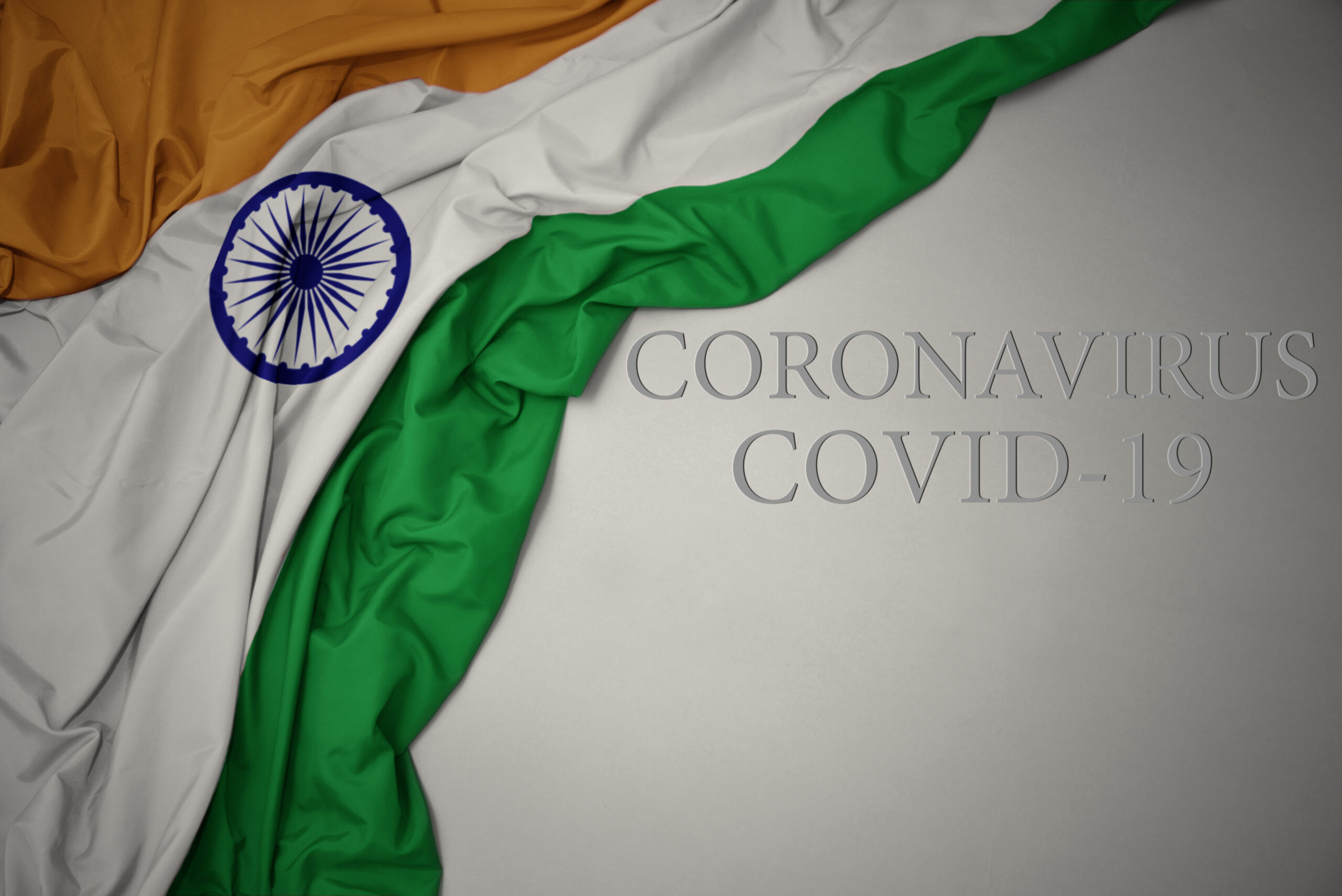 India’s COVID-19 crisis continues, with the number of confirmed cases in the country numbering at 13,495 at the time of writing.
India’s COVID-19 crisis continues, with the number of confirmed cases in the country numbering at 13,495 at the time of writing.
COVID-19 – the disease caused by severe acute respiratory syndrome coronavirus 2 (SARS-CoV-2), more popularly known simply as coronavirus – has led to 448 deaths in the country. In its response to the outbreak, which the World Health Organization (WHO) deemed to be a pandemic earlier this year, the Union Government imposed a 21-day nationwide lockdown on March 24th. This has since been extended to May 3rd.
On Thursday, Madhya Pradesh saw 361 new cases – the biggest rise in a single day for any state thus far during the COVID-19 crisis. Maharashtra, meanwhile, has become the first state to report more than 3,000 confirmed cases of COVID-19. The country itself reported 1,260 new cases on Thursday – its second-highest figure in a single day.
Globally, COVID-19 cases number well in excess of two million. At the time of writing, the number of confirmed coronavirus infections stands at 2,197,161. The death toll due COVID-19 stands at 147,512.
Of the confirmed cases thus far, 1,492,031 are active. Of these patients, 1,435,514 (96 percent) are in mild condition. The remaining 56,517 patients (four percent) are in serious or critical condition. Fortunately, 557,618 people have recovered. This includes 1,777 people in India, which puts the country’s active caseload at 11,270.
The country has designated six major cities as coronavirus hotspots – Bengaluru, Chennai, Delhi, Kolkata, Hyderabad, and Mumbai. The Government has identified a total of 170 districts with the hotspot moniker and is closely monitoring 207 others. Areas of the country are colour-coded, with red denoting an infection hotspot; orange denoting some level of infection; and green denoting no infections.
Hotspots are categorised either as clusters of fewer than fifteen patients or those experiencing large-scale outbreaks – such as having multiple clusters and more than fifteen confirmed cases. Containment strategies are to be implemented accordingly by state and union territory officials, including chief secretaries, health secrets, district collectors, and chief medical officers.

